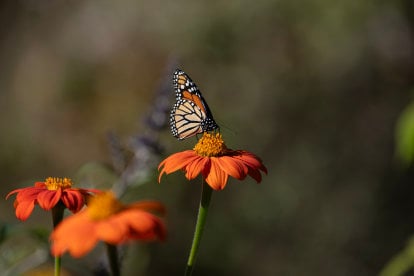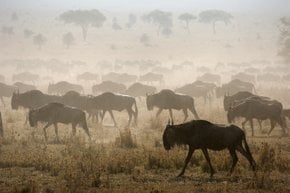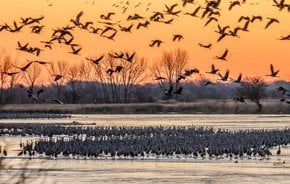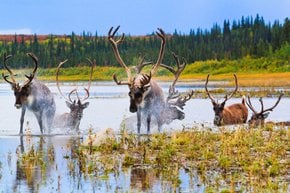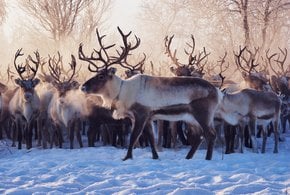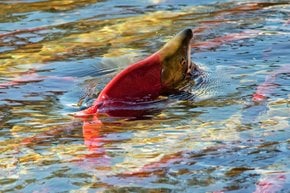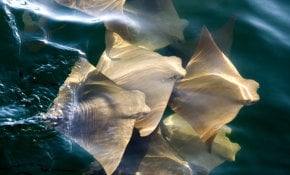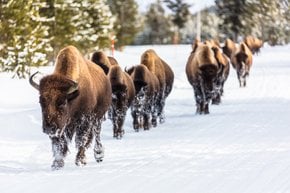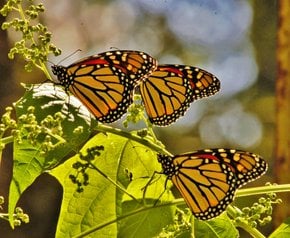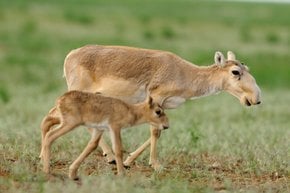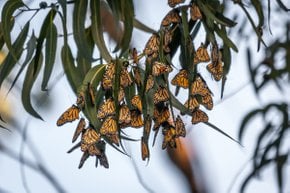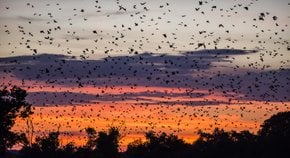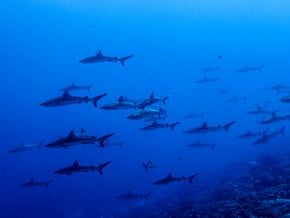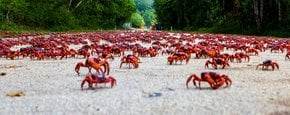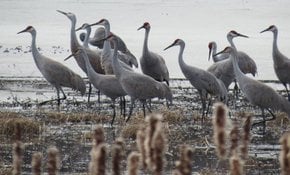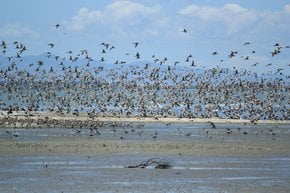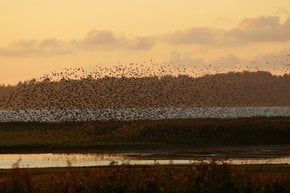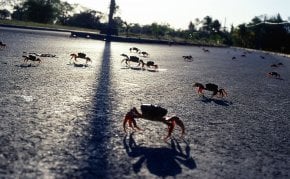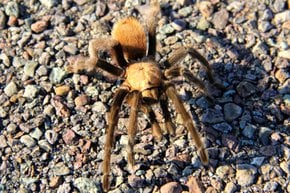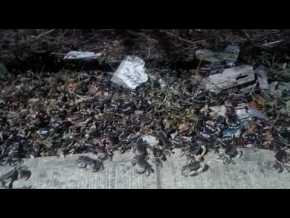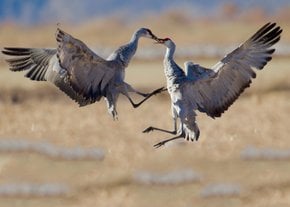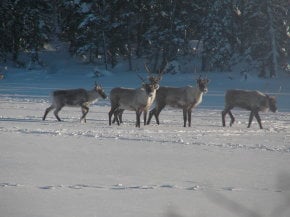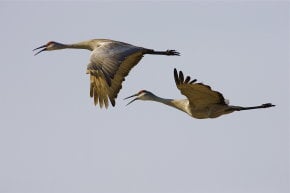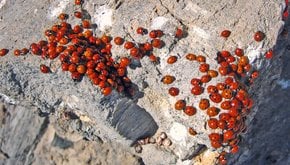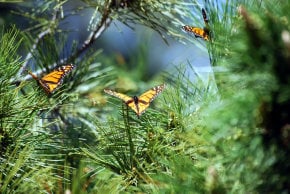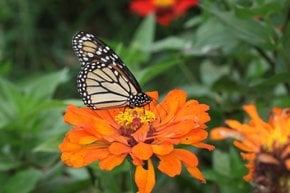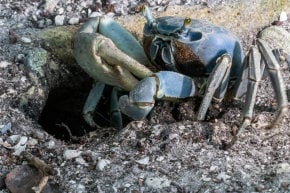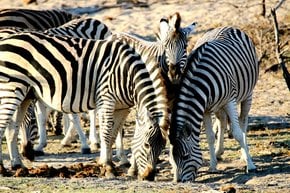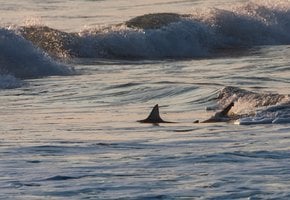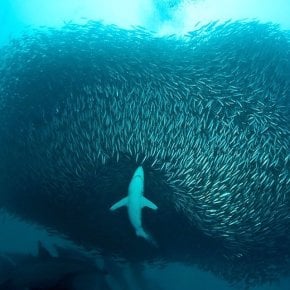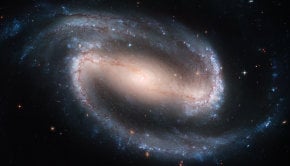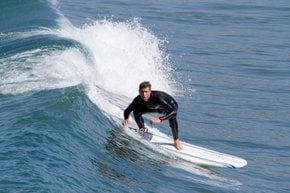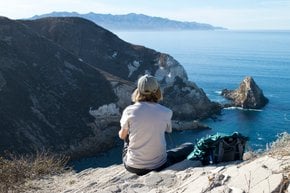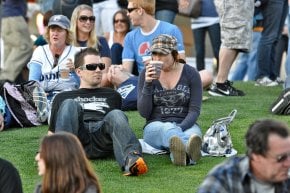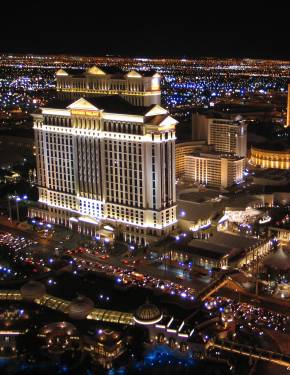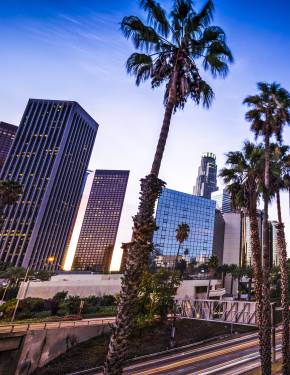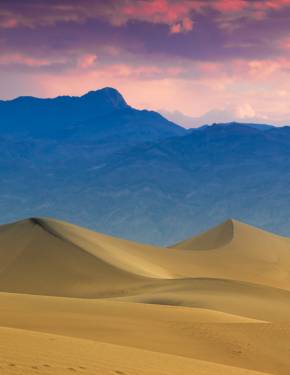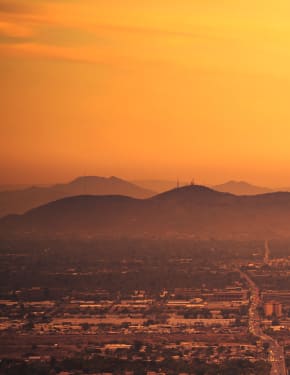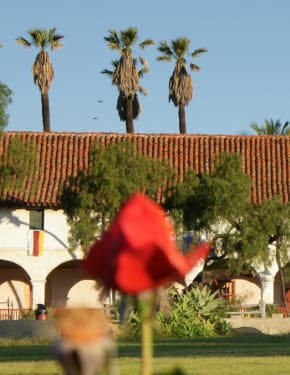Monarch Butterfly Migration in San Diego 2025-2026
See beautiful black-and-orange butterflies on their wintering grounds
Best time: mid-October–early February
Every fall, nature enthusiasts in California rejoice as thousands of monarch butterflies, or Danaus plexippus, arrive to spend winter. These tiny creatures cover over 3,000 mi (4,800 km), flying from their breeding sites in the northern states to the south. Some of the largest monarch sanctuaries are located on the Central California Coast; however, San Diego is also among their favorite wintering destinations.
The Best Season to See Monarch Butterflies in Los Angeles
Monarch butterflies arrive in San Diego around mid-October and remain until early February, a period of approximately three to four months. During this time, thousands of butterflies can be seen in various parks and private gardens throughout the city. They primarily feed on nectar from flowering trees, such as eucalyptus, and form clusters on these trees to stay warm during the colder weather. This strategy helps them conserve energy and endure the winter months in San Diego.
San Diego County
Typically, monarch butterflies migrate to their favored wintering destinations each year, traveling from thousands of miles away, including regions as distant as the north central Californian coast, Southern California, and sometimes even Baja California in Mexico. San Diego County, a biodiversity hotspot, is home to nearly 150 butterfly species, including the monarch. While some of these butterflies are threatened, efforts to protect and preserve their habitats are crucial. In San Diego, these winged wonders can often be spotted in parks and private gardens, highlighting the importance of creating environments where they can thrive.
Key Viewing Locations
While several parks and private gardens in San Diego are popular spots for viewing monarch butterflies, tourists can also see them in the Eucalyptus grove at the Ecological Park on the north end of the University of California campus. Other notable locations include Presidio Park in Old Town and the San Diego Zoo, where monarchs can be observed during their overwintering period. For those willing to travel a bit farther, Torrey Pines State Natural Reserve, located 18 miles (29 km) from San Diego, offers additional viewing opportunities.
Additionally, there is a protected roosting site in Chula Vista, just 10 miles (16 km) from San Diego, where around 50 individual butterflies can be seen. City ordinances safeguard this site to ensure the butterflies' protection. Renowned butterfly sanctuaries along the Central California coast also provide excellent opportunities to witness these stunning insects in their natural winter habitats.
Monarch Butterfly Gardens
Earth Discovery Institute (EDI) has worked with residents in both urban and suburban areas of San Diego to create habitats that support monarch butterflies. They identified 28 home gardens and set up monarch butterfly gardens at each site. We focused on including residents from underserved communities and various climate zones across San Diego County. The goal of this project is to help the recovery of the western monarch butterfly.
California Locations
In addition to Pismo Beach and Pacific Grove, other notable California locations known for their impressive monarch gatherings include Natural Bridges State Beach in Santa Cruz, Fiscalini Ranch Preserve in Cambria, Santa Barbara Land Trust's Coronado Butterfly Preserve, and Goleta's Ellwood Mesa Open Space. Monarchs have also been seen at Bodega Dunes Campground in Bodega Bay and Point Mugu State Park in Ventura County.
Migration Process
Monarch butterflies winter along the central California coast by roosting in eucalyptus trees, where they cluster together to conserve energy and stay warm. The eucalyptus protects from predators and harsh winds, while the clustering helps retain heat. During the day, the butterflies feed on nectar from flowers to build up energy for the colder nights, allowing them to survive the winter months.
Monarch Butterfly Population Decline
Unfortunately, the monarch butterfly population in San Diego has declined considerably in recent years. Scientists attribute this decrease to extensive pesticide use and increased urbanization. Both factors have contributed to significant environmental damage and altered climate patterns, which adversely affect the butterflies' migration routes. As a result, conservation efforts and habitat protection have become crucial to preventing further declines in the region's monarch population.
Safety & Viewing Tips
Visitors cannot touch or hold monarch butterflies while visiting sanctuaries due to their protected status. Sanctuaries promote a stress-free environment and encourage visitors to observe these beautiful creatures from a distance. Guides are available to offer insight into the monarch butterfly migration and their winter habitat. Monarch butterflies remain inactive if the temperature drops below 57 °F (14 °C) or on cloudy days. When weather conditions are favorable, they typically begin to fly during the warmest part of the day, usually between noon and 3 pm.
Monarchs Migration Map
Despite the season, it's always better to track monarch butterflies by using migration maps such as the National Wildlife Federation Monarch Butterfly Map and the Journey North Monarch Butterfly Migration Map.

